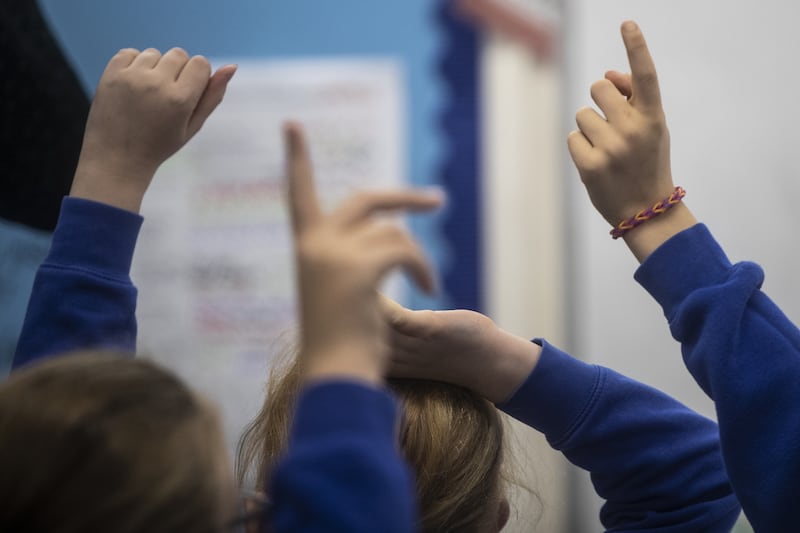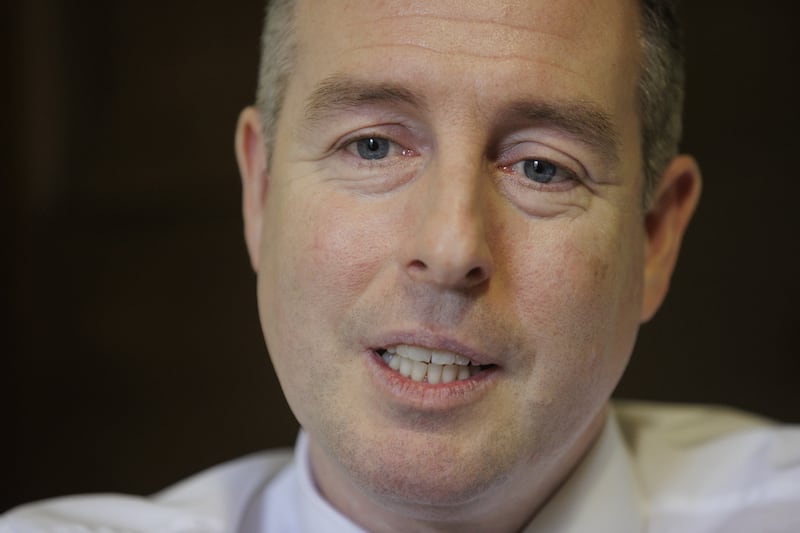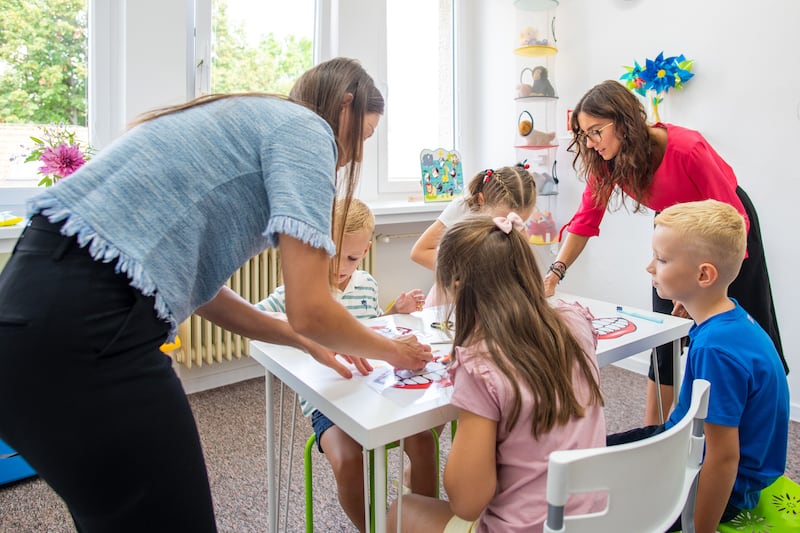THERE has been a “significant growth” in the number of children with special educational needs over the past five years.
Startling data released today reveals a 26.4 per cent increase in the number of pupils accessing a placement in a special school since 2015/16.
There has also been a 24.1 per cent rise in the numbers accessing a placement in specialist provision in mainstream schools.
Education Authority (EA) figures also highlight a projected rise in demand for places in both special schools and units in the mainstream.
The EA today launches its Special Education Strategic Area Plan 2022-27 – the first regional plan to focus on the “strategic direction” of the sector over the next five years.
It aims to “ensure pupils have access to a placement that best meets the needs of children and young people with a statement of special educational needs”.
Figures in today’s EA document reveal there are 6,403 pupils enrolled in 40 dedicated special schools, up from 5,064 in 2015/16. There are 2,173 pupils within specialist provision in mainstream primary and post-primary schools, up from 1,751 in the same period.
Other statistics show there are 20,505 pupils with a statement, an increase of 23.7 per cent from 2015/16 when there were 16,572 children.
The EA said as the number of pupils who require a placement “continues to grow”, this will be “an important strategic priority” within its area plan. Among the issues it highlights is a “lack of a consistent special school model which caters from early years to post-16 (known as 3–19)”. But it said it aims to “provide a consistent model of provision” for this age range.
To meet the needs of young people with a statement, it seeks to provide “availability at their nearest suitable special school/nearest suitable mainstream school with specialist provision” as well as “equitable access to excellent provision that meets the individual needs”.
The plan also highlights that the “impact of additional specialist provision presents a challenge in relation to projecting the number of places required”.
Among the actions the EA said could be taken are to “plan with special schools to return repurposed space, back to its original use” as well as “identify and address the shortfall in provision”.
It said it will “identify innovative ways to develop a model of educational provision from early years to post-16 in a single school model or through a collaborative provision to streamline the transition between schools to reduce uncertainty for families”.
The plan also suggests increasing “capacity across the region, beginning with areas where the greatest demand exists for special schools and for specialist provision in mainstream schools so pupils can attend their nearest suitable school”.
EA director Michele Corkey said: “Not everyone has the same access to special schools and specialist provisions currently, with some areas of Northern Ireland having no specialist provision, or not enough to meet the needs of the local area.
“Our ambitious plan is to create enough school places that pupils can attend the nearest suitable special school or suitable mainstream school with specialist provision, and which can adapt to their changing educational, physical and medical needs.
“We plan to have a consistent model across all areas of Northern Ireland that would see special school education, nursery through to post-16 provided in the same school for the majority of pupils, and in some cases where this is not possible we plan to have close collaboration between schools to streamline the transition process and avoid uncertainty for families.”







